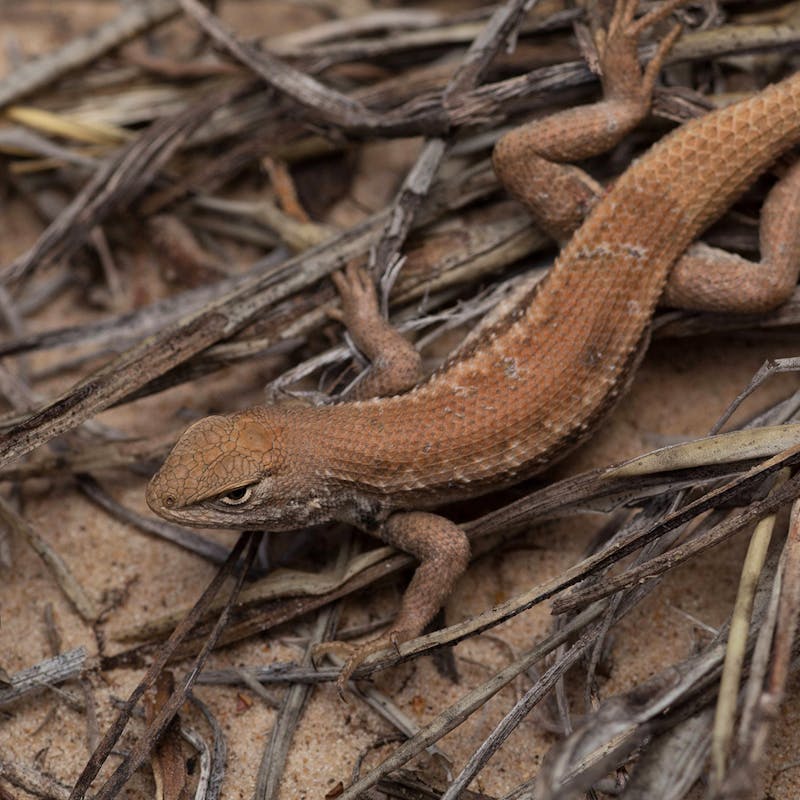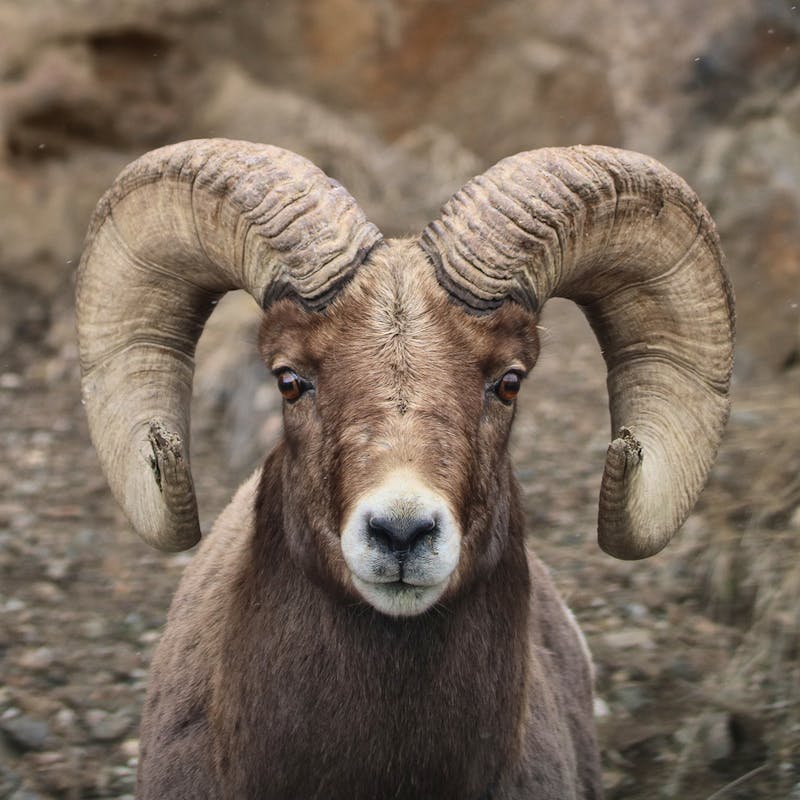Deserts, or arid lands receiving little rainfall, are found along two fringes parallel to our planet’s equator at 25–35° latitude, in both the northern and southern hemispheres.
Deserts receive less than 10 inches of rain per year. The Chihuahuan and Sonoran Deserts encompass portions of the southwestern United States and Northern Mexico. The Mojave Desert is the hottest and smallest desert in North America, located primarily in southeastern California.
The Mojave Desert is considered one of the most diverse deserts both topographically and vegetatively, with Joshua tree woodlands, rolling sand dunes, forested canyons, flowing streams, dry lake playas, mountain springs and creosote bush scrub.
Plants and animals have evolved here to take advantage of higher rainfall years, and simply survive drier periods. Birds and large mammals adapted to desert regions can escape critical dry spells by using specific habitats and engaging in evolved behaviors or utilizing higher elevation lands. Shade, and any structure which provides shade, is as critical as water and wetlands in the desert.
In California, Defenders participated in state-of-the-art Desert Renewable Energy Conservation Plan (DRECP) regional planning effort for over eight years, encouraging “smart from the start” renewable energy siting, careful evaluation of wildlife impacts resulting from approved projects and encouragement of local communities to become more engaged for open space protection as well as necessary wildlife conservation.
In our deserts, Defenders is closely involved with recovery implementation planning for several wildlife species listed under the Endangered Species Act, including the threatened Agassiz’s desert tortoise, as well as the endangered Mojave tui chub, Desert pupfish and scores of other at-risk wildlife living, on the arid edge.
Defenders strives to ensure all recovery plan actions prescribed for listed species which occur in our deserts are integrated into local, county, state and federal planning endeavors. Additionally, Defenders is working with several county planning departments in the hopes of developing long-term regional conservation plans benefitting at-risk wildlife and natural plant community conservation on both public and private lands.
Additionally, Defenders is actively working with other environmental organizations to amend California’s Off-highway Motor Vehicle Recreation (OHMVR) Division’s guidelines for recreational vehicle use and user-generated grant allocation to address related impacts throughout the Mojave Desert.







